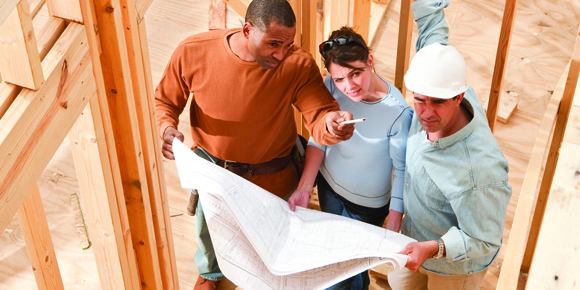Every year, leading business economists from across the country gather for two days in Kingston, Ontario, to discuss emerging issues relevant to the current Canadian economy. This year’s event was no different, with real concern expressed about a slow recovery from the 2008 recession. Entitled, A Survivor’s Guide to Slow Growth, dismal science was on full display during this gathering.
Despite Manitoba’s and, therefore, Winnipeg’s, economic resiliency and diversity, both are still not immune to slow growth. Manitoba, in particular, has been jarred recently as Omnitrax shut down its Churchill terminal and cut the frequency of its rail link to the north. There also was the recently-announced closure of the Tolko plant in The Pas.
Leading economists in Kingston dug deeper into Canada’s sluggish economy and how slow growth has an impact on fiscal, monetary and social policies. One industry helping buffer our economic slowdown has been the housing sector, which is one of the most important economic engines in the country.
In 2015, it was reported by Statistics Canada that housing accounted for a $7.4 billion increase in Canada’s GDP — roughly half of Canada’s economic growth.
As Will Dunning, chief economist of Mortgage Professionals Canada, said, “Now that the energy sector is no longer a major economic driver, a healthy housing sector is even more essential.”
In reference to concerns that he had with the federal government intervening in the mortgage market to slow down real estate activity in the country, Dunning said, “it would be tragic to unnecessarily impair this key economic force.”
Now, let’s turn our attention to Winnipeg where, it seems, based on a meeting that key housing sector officials attended with the city of Winnipeg, the economic reality described above was totally dismissed.
In fact, based on a population report they released just prior to this meeting, where they discussed bringing in sky high growth development fees, Winnipeg will see strong population (8,200 annually) and employment growth for the next 25 years. No downturn is expected, despite the fact that Winnipeg flat lined in economic activity throughout the 1990s. We do not have to go back too far to realize that we are vulnerable to the vicissitudes of economic slowdowns, like anywhere else.
And to no one’s surprise, at this same meeting, the consultant hired on by the city to establish and recommend high growth fees on new development, was oblivious to any thought that these new fees will negatively impact Winnipeg’s housing market and local economy. The preliminary growth fee charges for a typical new single-family home were projected in the thousands of dollars, because the charges are predicated on bullish and unabated population and employment growth for the next 25 years.
One thing WinnipegREALTORS® always stresses is that all markets are local when it comes to MLS® market activity. You need to understand that Winnipeg is not Vancouver, Calgary nor Toronto. Winnipeg has its own local market forces at play, so any new tax that is introduced into this market better be attuned to how it may impact the marketplace.
In Calgary, the introduction of growth fees arose after major consultations over an extended period of time were held between the development community and city officials. They understood that if they are going to impose a new tax on development, they needed to be sensitive to its impact. Who better to know the impact than the ones most affected by it!
Owning a home in Winnipeg is not cheap. The Real Property Association of Canada does an annual property tax survey for major cities in Canada. In 2015, Winnipeg had the highest taxes paid per $1,000 of assessment at $12.49 (includes school taxes). The average was $8.88 per $1,000.
It is important to note frontage levies are not included in this survey, as noted by Julia St. Michael, the director of research in charge of conducting the survey. She is not aware of any other municipality charging this type of frontage levy. The rate per square foot of lot frontage is $5.45. Since 2010, it has more than doubled.
It should also be noted that Manitobans are suffering from tax fatigue — more so than other Canadians. An Angus Reid Institute poll this year showed that Manitobans stood out in claiming taxes as far higher in significance than any other issues, with the exception of the economy.
So if we are introducing a new tax, which will not only impact new home buyers but the existing real estate market and the economy as a whole, it behooves the city of Winnipeg and local political leaders to step back and do meaningful consultation with an industry that is vital to driving our local economy.
“The implications and impact of bringing in fees as high as we saw at our meeting in August are profound,” said Eric Vogan, head of the Urban Development Institute and vice-president of Qualico Communities. “It will be counter-productive as the City of Winnipeg will drive future tax base outside the city.
He added that such a fee “will be hard to recover from if implemented.”



